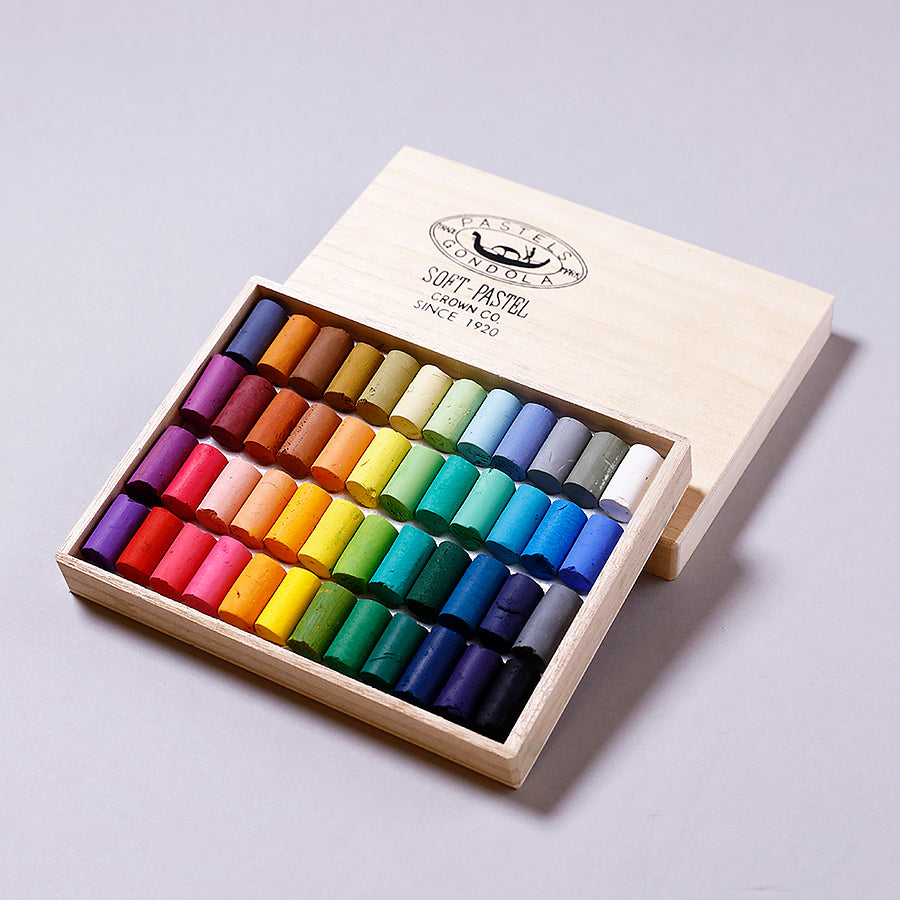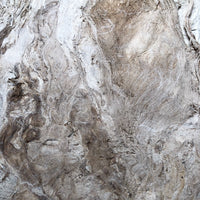In Japan, the weather can change drastically throughout the year depending on the four seasons, so many people living in Japan make preparations for it, such as changing their wardrobes and room decorations seasonally. But besides these functional daily items, some people may even change the color and design of their interiors to match the change of seasons.
Since the season has changed, I want to create something a little different, so I've been making stencils to go along with the “redecoration” of my work.
In this article, I would like to introduce some tools and art materials that you can use and paint a stencil at home.
Stenciling is one of the techniques that is commonly used in visual art and design. It is an image or pattern by applying pigment to a surface under an intermediate object with designed gaps in it. In daily life, some of you may have the experience of stenciling when doing your nails or creating DIY crafts.
Therefore, let's take a look at the materials you need and how to make a stencil yourself.
■ Art Materials and Tools
・Painting media: Paints, pastels, etc.
・Brushes, sponges, etc.
・Stencil molds (both pre-made or custom stencil molds are fine)
・Painting surface: On paper, wood, etc.
・Tools for making stencils: Stencil sheets, cutters, etc.
・A bowl or bucket (for cleaning used brushes)
However, there is a wide variety of painting media and methods, such as using inks and spray paints. Feel free to choose your favorite painting materials and techniques you’re comfortable with.
① Prepare the Painting Materials and Surface
The painting materials will differ depending on what you want to create and where you want to use for.
If you need high durability and water resistance, it’s better to use acrylic paints or alkyd resin paints (AQYLA), which the paints turn water-resistant when dry.
For me, I’d highly recommend AQYLA and acrylic paints.
Both are water-based paints and become water-resistant once they dry. AQYLA can be used for painting on almost every surface, such as glass, wood or plastic-made materials. On the other hand, acrylic paints are easy to use and can be applied in layers.
【Water-Based Alkyd Resin Paint AQYLA】
Although it takes longer to dry, Pebeo, an oil-based alkyd resin paint that is known for creating the prismatic effect on painting surfaces like metal, glass, and ceramics. Pebeo paints are also able to create a "beehive" pattern as they dry.
Since Pebeo paints have a softer texture than AQYLA and acrylic paints, perhaps you can try to seal the areas that you don’t want to paint with masking tape and it’s important to try and check on different painting surfaces to make sure which is more suitable.
【Oil-Based Alkyd Resin Paint Pebeo】
Dry pastels are also recommended for those who want to do stenciling fast or enjoy it like creating a small sketch. You can use your fingers or tissue paper to blend the colors, so you can create stencil art with fewer tools.
However, pastels do not adhere well to paper, so you might need to use fixing agents such as fixative spray to stabilize the pastels on the surface and to preserve finished artwork from dust.
This is a stencil I made in autumn. I cut the stencils out in the shape of maple leaves and painted them with dry pastels.

Gondola Pastels are small enough to be used on the side ofthem for coloring and come in a wide variety of colors, making them easy to use even for beginners or amateurs. Gondola Pastels are packaged in a lovely wooden case, so it makes a great gift too!
② Design the Stencil & Making a Mold
If you are making the stencil mold yourself, you need to print or trace your favorite design or text on a thin plastic plate, water-resistant stencil sheet, or thick paper, then cut it out.
Printing paper can also be used if it’s used with paints that do not contain too much liquid, such as pastels or sprays.
Here is a printout on a stencil sheet.

If you want to do it in an easier way, you can always use the premade stencil mold or craft punches for cutting patterns and letters.
You can also use masking ink to seal the fine and curved parts to prevent getting sprayed or colored.
③Stenciling
Once the design and mold are made, it's time to stencil!
You can use a brush to apply the paints, or you can use a sponge to tap on the stencil to create a unique texture.
Paint the stencil thoroughly if you want to create a clear shape or design. However, if you want to create a soft and more impressionistic design, you can rub the paint gently while stenciling.
However, if you remove the mold before the paint dries, the paint may stick to the mold and ruin the shapes you have drawn.
The following picture is how I create a perfect colored square on a clear folder by stenciling with AQYLA paints and the use of masking tapes. As you can see, I applied the paints in thicker layers to create a 3D texture.

It can be made with one color, or layered several colors to create a depth with the colors.When using acrylic paints on mirror materials such as metal or glass, I recommend you to use the following primer to strengthen the adhesion.
④Ta-daa, you’re done!
Once the paint dries, this is how the final result looks like!

If you paint on a transparent surface, you can add a photo or picture underneath to change the way it looks.
You can also make your own original postcards by stenciling the designs or metal leaf using the stencil mold you made.

Stenciling can be easy and fun even for children! You don’t have to be a pro or with tons of experience to enjoy making a stencil as long as you follow the steps I mentioned above.
With your favorite colors and art materials, maybe it’s a fun idea to add some “ art time” to your life, don’t you think?









